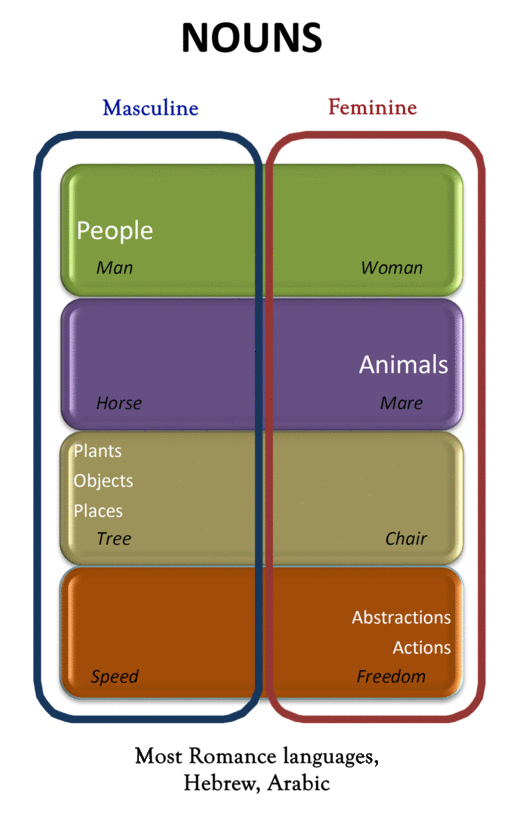Prescriptive vs Descriptive
If you’ve ever wondered about the difference between prescriptive and descriptive grammar, this article is for you. Language serves not only as a medium of communication but also as a powerful unifying force. The words we use and the way we pronounce them send signals to others about our identity and origin. There are two approaches to learning a language’s grammar, known as prescriptive and descriptive approaches. These approaches have implications for language study and the social perspective on language. This article will discuss the significant differences between prescriptive and descriptive approaches.
What does Prescriptive mean?
Prescriptive grammar refers to the strict rules and regulations of grammar. It is a puritanical approach to language. The schoolbook approach to a language is purely prescriptive in nature, attempting to teach you how to speak and write the language properly. Teachers and editors are more likely to follow the prescriptive approach.
What does Descriptive mean?
The descriptive approach, on the other hand, takes into account the way a language is understood and used by its speakers. It is a more practical approach, and writers mostly follow it. There has always been a debate between linguists and writers about the correct approach to learning a language. While many believe that the prescriptive approach is more important because it teaches correct language usage, those who favor the descriptive approach argue that it is better to learn a language as it is written and spoken, rather than following a rigid, textbook style.
One reason proponents of these two approaches are hostile to each other is the emotional investment in language. Language is more than merely a medium of expression; it shapes our destiny. This is particularly true for immigrants and their families who have a mother tongue other than English. Children in these families have a special fondness for their mother tongue and often feel burdened by learning English, which they must master to be accepted as part of mainstream society. Both children and adults need to learn slang terms to demonstrate to Americans that they are hip and part of the crowd. This is where the descriptive approach to learning grammar comes to their rescue, as it does not prohibit the use of slang terms.
Key Takeaways
- Prescriptive grammar refers to the strict rules and regulations of grammar, while descriptive grammar takes into account the way a language is understood and used by its speakers.
- Prescriptive grammar is typically taught in schools and followed by teachers and editors, while the descriptive approach is mostly followed by writers.
- Both approaches have the same basic purpose of explaining grammar rules, but they do so in different ways, with prescriptive grammar being more rigid and descriptive grammar being more lenient and practical.
